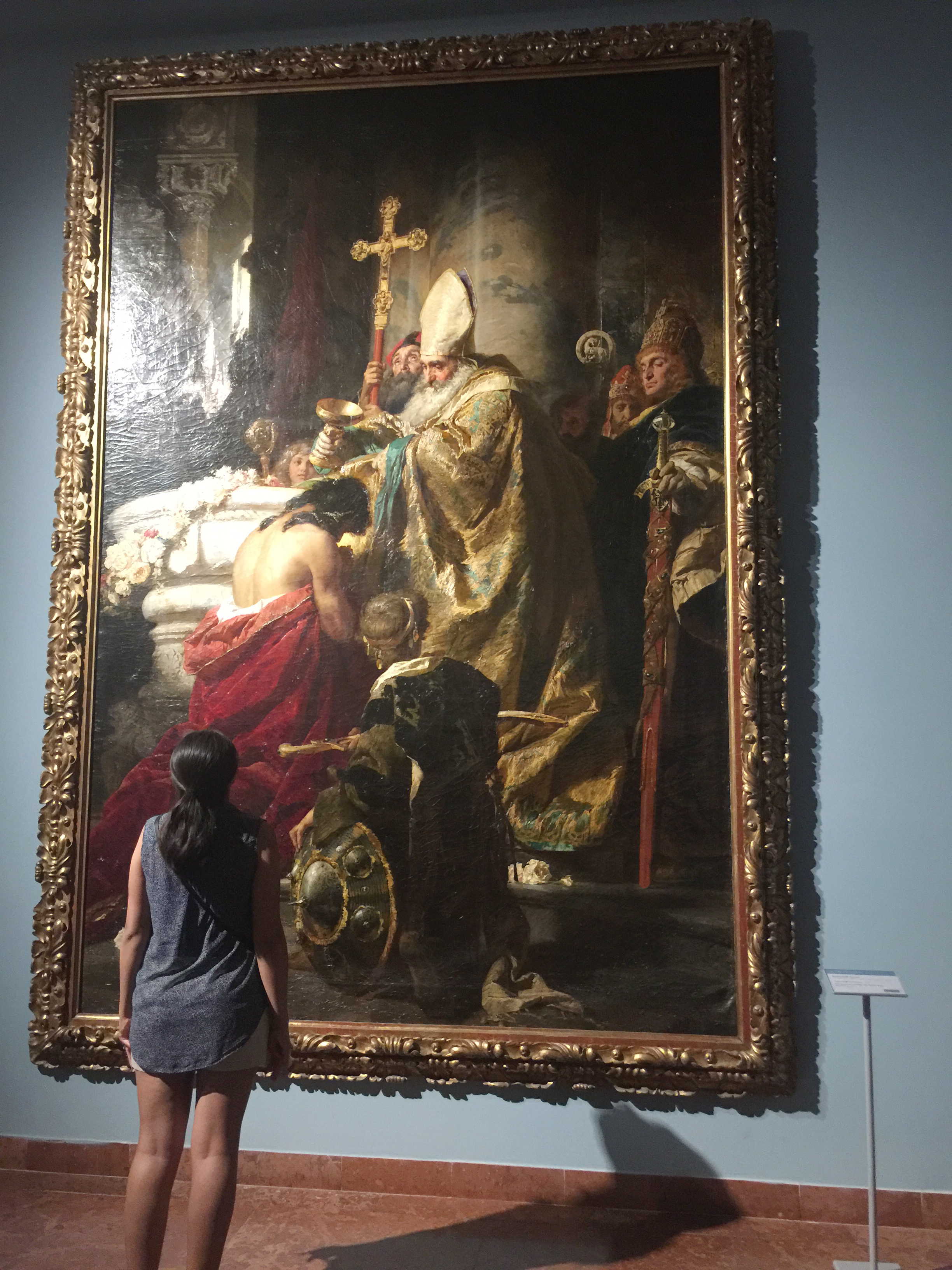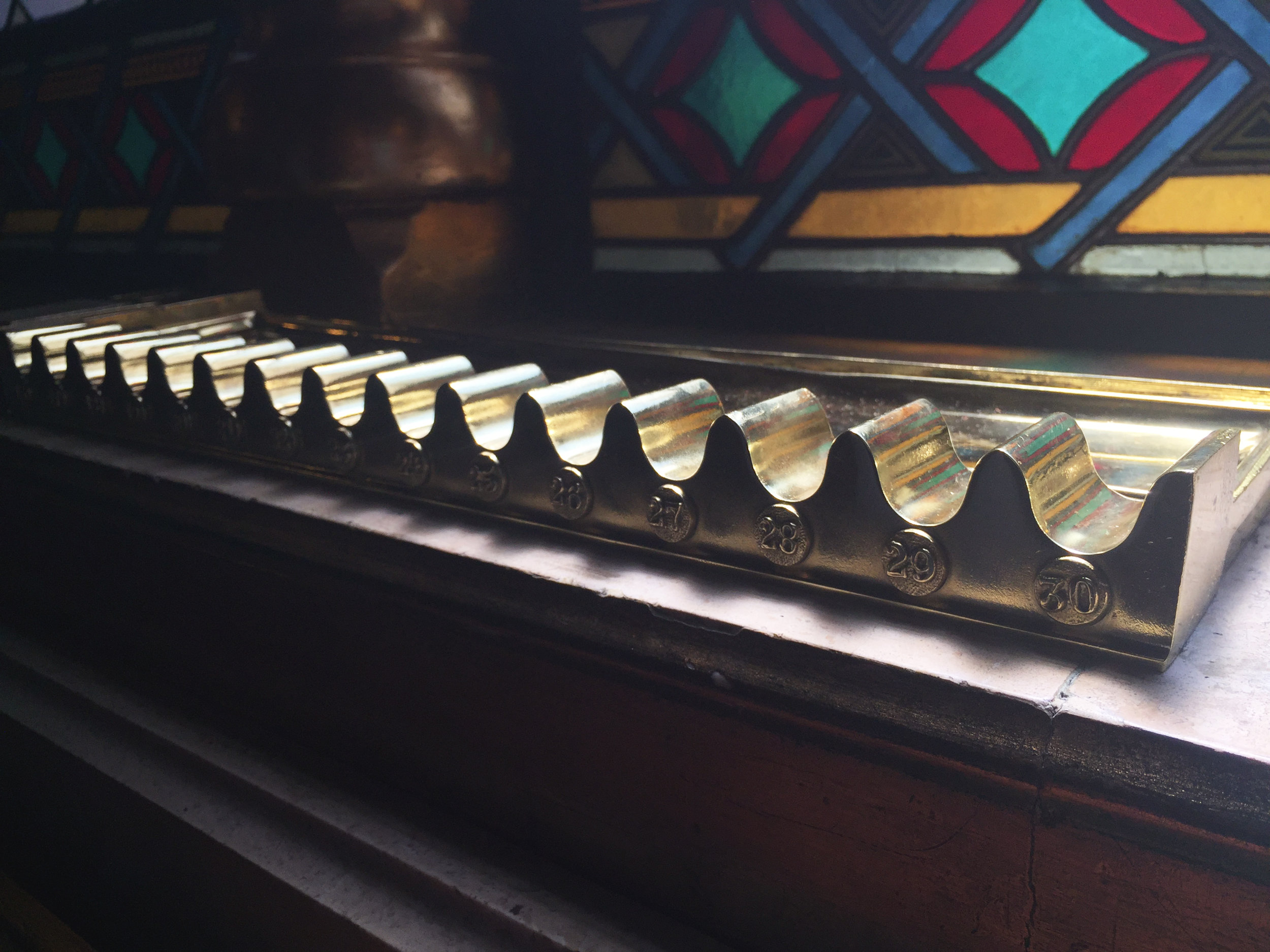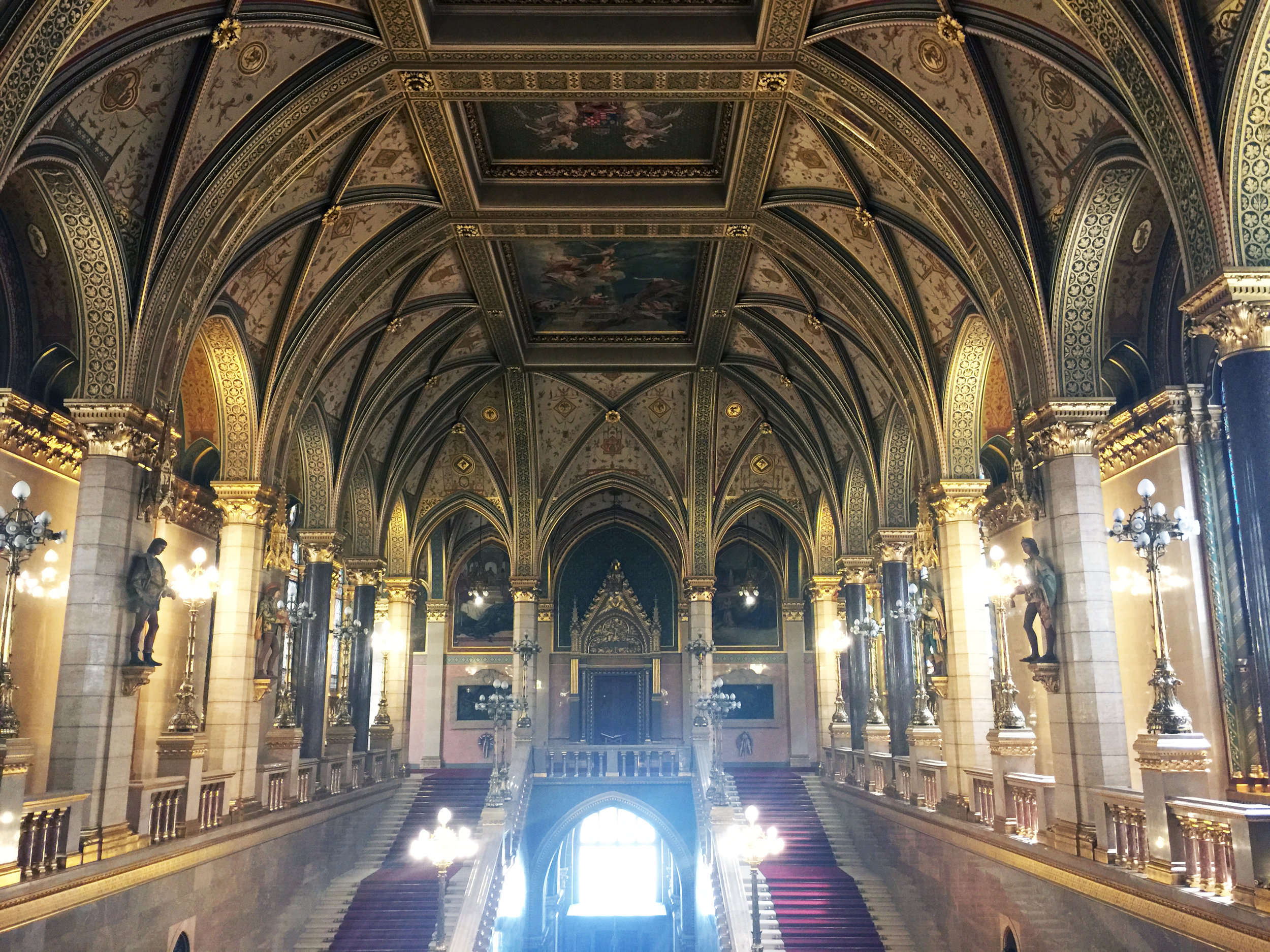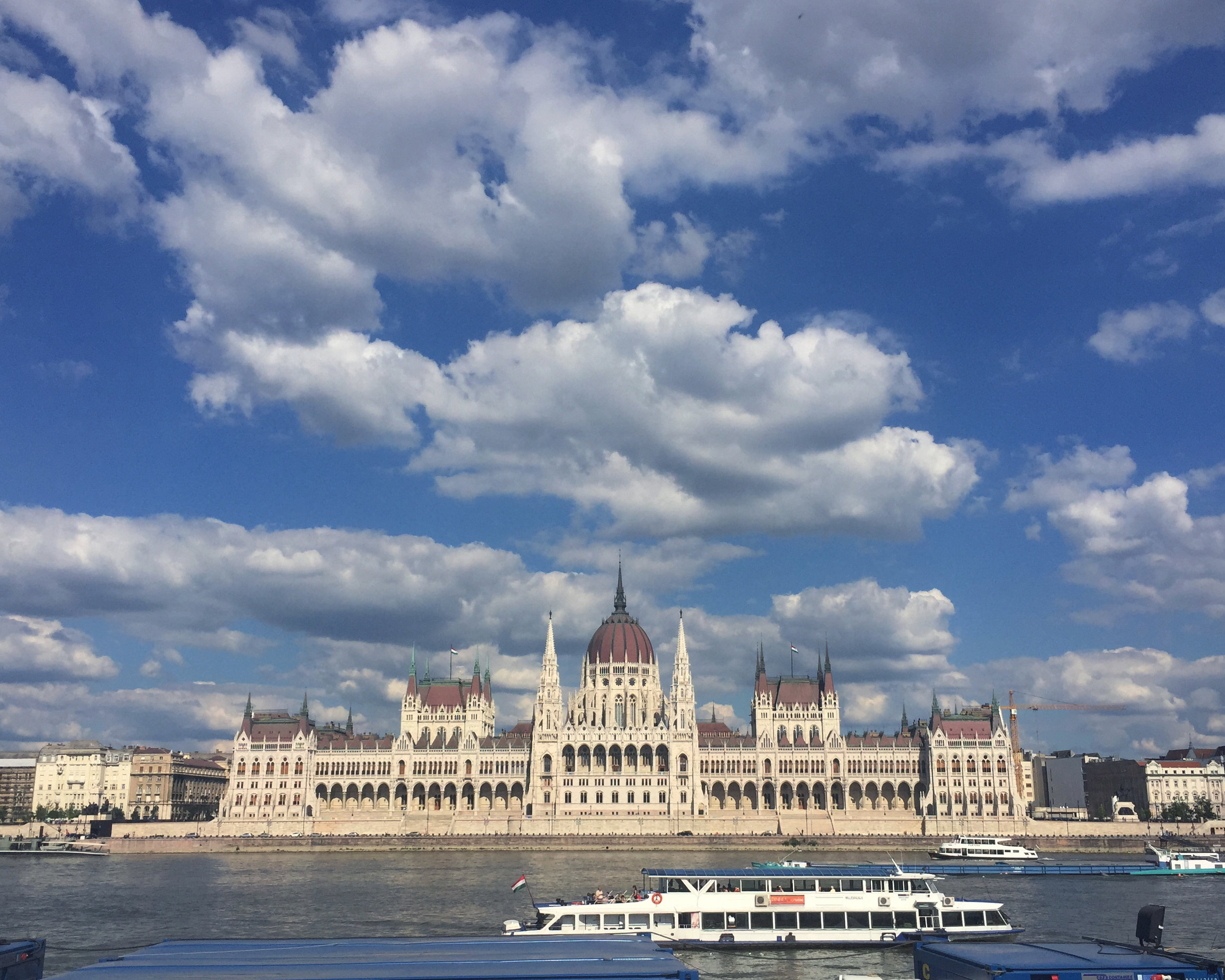In June, I traveled out of the country on my own for the first time. A friend from my Altria days invited me to join her on a little trip to Budapest and Bratislava before she had to travel onto Brussels, so I was able to see two new countries in the span of four days.
Budapest, Hungary
I now understand why so many people recommend visiting Budapest. It is only a four-hour drive from Zagreb, and there is so much to see Hungary's capital city.
Before going, I tried to learn a few Hungarian phrases to get me by. WOWZERS. Hungarian is a tough language, even tougher than Croatian. Although I only learned like two words, I did learn why many international travelers pronounce it "Buda-pesht." The "s" makes a "sh" sound in all cases except "sz" - the more you know!
My friend and I met at our hotel on the Pest side called Cosmo City Hotel. The room was super nice, the location was ideal and breakfast was included. The pedestrian area of Pest is large, and even the sidewalks along the river and near key sites are easy to navigate. I will share with you our favorite sites and why they are worth seeing!
Dohány Synagogue
This was unexpectedly the most emotional site we visited. I expected to tour a beautiful place of worship, but the Dohány Street Synagogue ended up being so much more. This is the largest synagogue in Europe and the second largest in the world, but it also serves as the Hungarian Jewish Memorial
The first thing you should know is that in order to enter you must cover your shoulders and knees. Ours were not, so we bought a scarf to tie around our waists and they provided paper shawls to cover our shoulders. But if you are visiting, I recommend planning for this ahead of time.
The inside of the Synagogue was gorgeous, full of decorative chandeliers, stained glass windows and mosaic tiled ceilings. There are guided tours in several languages throughout the day, but we chose to walk around at our leisure and take it all in.
For me, the most impactful part of the tour was the Hungarian Jewish Memorial. This neighborhood was the Jewish Ghetto during the Holocaust, and more than 70,000 residents were relocated there. When you leave the synogogue, you walk past the courtyard - which is the graveyard for more than 2,000 Jewish residents who died during the Holocaust. You can see headstones all around the courtyard, of identified and unidentified residents.
If you keep walking, you will end up in Raoul Wallenberg Holocaust Memorial Park. This is where Mandi and I fell apart. At one end of the park is a weeping willow sculpture that bears the names of victims on the leaves. As we walked around it, we saw a circle of tourists sing a song in Hebrew with other tourists watching around them. Tears. These singers were old enough to remember that time and/or they know people involved in the Holocaust - and they felt like singing was a tribute to them. I agree.
The park has a few other memorials, like a large stained glass structure and a wall of names. On many of the memorials, we saw rocks placed on top or around them. Later, I looked this up and found that it is a Jewish tradition to take rocks instead of flowers to a grave or memorial. The Internet has many reasons why, a few of the most popular being that rocks last longer than flowers, rocks bind the souls of the dead to the Earth, and rocks attract attention which forces people to investigate the memorial and/or people.
We were not able to tour the Heroes' Temple or the Museum. Regardless, this tour was well worth the $15 ticket.
Great Market Hall
The Great Market Hall was only about a block from our hotel - convenient! It is not open on Sundays, so we explored it on our last morning. It is the largest closed market in Budapest. Now that I had experienced European markets before, I was really excited to see this one. On the ground level were all of the expected items: produce, meats and drinks. But all along the second floor were booths upon booths of souvenirs and hand-made items.
Beautiful woven clothes, wooden children's toys, leather bags and glass trinkets were among the goods available. One of my goals during our travels is to collect local art, so I found a beautiful etching and watercolor at the market. For fun, I also picked up a cute wooden toy to entertain the hubs.
The Royal Palace and National Gallery
Like every other place in Budapest, we had a little hike to see the Royal Palace. To avoid walking, you can take a Fenicular - but we chose the trail up (with some stairs mixed in). Sadly, the palace has not been preserved - even the interior has been renovated. The History Museum side of the palace was closed, but we walked through the National Gallery. There were beautiful paintings by Hungarian artists from early centuries to now. For only a few dollars, it was worth walking through. And at the very top, you get an incredible view of the city.
Parliament Building
The Hungarian Parliament Building is the largest building in the country, and it ties for the tallest in Budapest. Needless to say, this is a formidable sight in Budapest. We had to see it.
Tours in many languages were given every hour, so we bought tickets for the English-guided tour. We had about an hour to kill, so we spent time in the free museum. We used wands to hear audio about the exhibits, but just seeing the history of the government was interesting.
The tour was in only half of the building, but even just that was huge. The architecture was pretty, we saw an old crown (they did not allow photos) and we learned more about the history of government in Budapest. One of my favorite features was the cigar holder. In the past, politicians put their cigars in a numbered spot so they could remember where it was when they had a break from session.
Saint Stephen's Basilica
This cathedral is named for the first king of Hungary, and it is a beautiful sight to see while walking around in Pest. You can pay to walk up the tower but it is free to tour the actual church. We did not see one, but supposedly there are lots of concerts and musical events held there.
You know what else is held at St. Stephen's? A finger. Yep, if walk back far enough, you can view the chest that holds right index finger of Saint Stephen I of Hungary. It wasn't super gross until we walked past a photo of his real hand in the hallway...
Apparently relics are popular in religious buildings like this. When I die, please leave no body part behind. I beg of you.
The Citadel
The Citadel sits onGellért Hill overlooking the Danube, which was an important place during historic military conflicts. As the highest point in Budapest, getting to the Citadel is not an easy feat. Friends have told me that the Hop On Hop Off bus is the best and cheapest way to get all the way up to the fortress.
After a day of walking (28,000 steps worth) we decided to test out the hike on foot by visiting a statue less than halfway up the "hill." After panting our way up, we decided to skip the actual Citadel. But it should definitely be on your "considering" list.
In Summary
I am sure there are many other sites to see in Budapest, but hopefully this list helps you start your planning. Enjoy!
Love to all,
Morg










